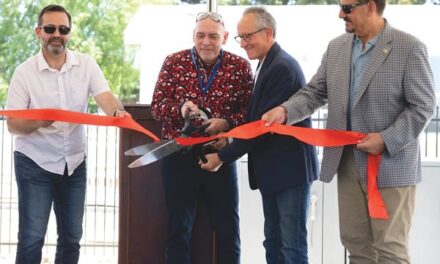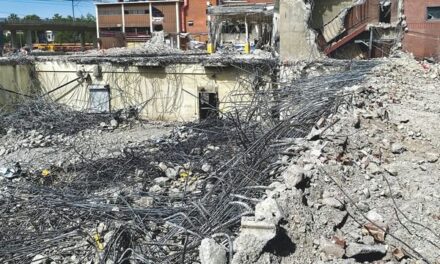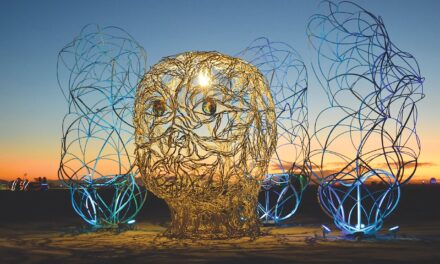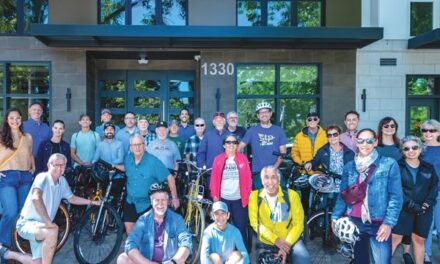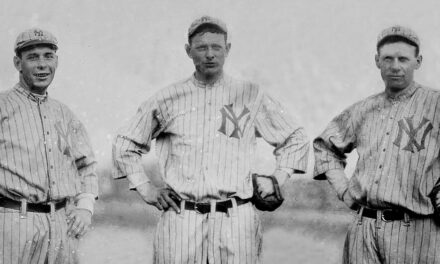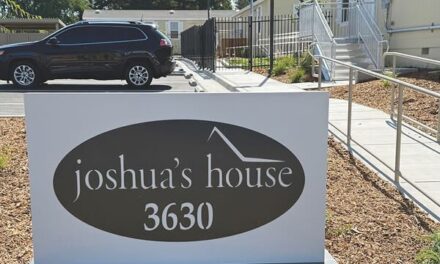Campus Uprising
Sac state flexes its muscles downtown
By Scot Crocker
November 2018
Under President Robert Nelsen, Sacramento State University is on a roll with a vision for expansion Downtown and across the community. Sac State was once isolated by the confines of its campus and reputation as a commuter school. The university’s identity was built around several strong academic departments, reasonably good sports, limited amenities and a hidden but acclaimed cultural arts program.

That’s changing in a big way.
The university recently opened a satellite campus Downtown at 304 S Street. Nelsen, along with students, university and community leaders christened the new facility, which features three large classrooms, meeting spaces and other amenities.
“When I arrived in Sacramento and met with then-Mayor Kevin Johnson, he asked three things of me,” Nelsen says. “He wanted Sacramento State to have a presence Downtown, become more visible at the Capitol with state leaders, and take our arts programs out into the community.”
Nelsen has been at work on all three requests—with success. The Downtown campus is especially notable because it’s been a dream of community leaders for years. Today the site serves as a natural step in the evolution of Downtown. The new campus is near a growing residential base of young professionals who can attend classes after work.
The new site signals the start of an initiative by Sac State to become an “anchor university” and bring programs and facilities into the community with events relevant to students and residents.
Nelsen says the anchor university concept is a trend. He cites six schools that have implemented the concept, led by Syracuse. He sees future expansions into Del Paso Heights, Meadowview and other neighborhoods.
The president believes the university’s social work and social science students should study in communities where they will apply their degrees. The presence of Sac State programs in neighborhoods across the city allows bonds to form between students and residents.
The Downtown campus is 12 blocks from the Capitol and includes the Public Policy and Administration master’s degree program, plus degree and certificate programs for mid-career professionals and working-age adults and doctorate-level courses in Educational Leadership.
The vision for Sac State Downtown transcends the typical higher-education facility. “I know it sounds a bit grandiose,” Nelsen says, “but I want our Downtown location to be a place where students, community and others come for answers.”
To achieve that goal, the Institute of Social Research will partner with Valley Vision to study and seek solutions to improve the livability of Sacramento. The partnership will make forecasts and help plan for the city’s long-term success.
Other features include the Department of Arts and Letters cooperative program with the Crocker Art Museum, focused on interracial healing through arts. The facility will offer programs focused on innovation and entrepreneurship.
There’s no doubt Sac State wants to be California’s capital university, even as UC Davis plans to enter Downtown in the next few years along with private universities that have launched Downtown sites.
“I love Sacramento,” Nelsen says. He was named Sac State president in 2015 after serving as chief administrator for the University of Texas-Pan American in Edinburg, Texas. “I personally wanted to be here. We are on the cusp of change. It’s exciting. I want to make sure we offer a first-rate experience.”
The Downtown expansion is one piece to Nelsen’s vision for Sac State. Former President Alex Gonzalez pushed to make Sac State a destination university and school of choice for students in the region and beyond. Amenities have been improved, the sports programs enhanced. A new student union was built.
Nelsen has focused on the school’s low graduation rates. He takes pride in the improvements. Hispanic student graduation rates climbed from 43 percent to 53 percent from 2015 to 2018, and are higher than the rates for white students. Underrepresented student graduation rates grew from 38 percent to 50 percent, low-income rates from 37 percent to 49 percent, and first-generation students from 38 percent to 49 percent.
Nelsen would love to reach 60 percent and higher.
Recruitment and retention of faculty have improved, and Nelsen is proud of strides made in fund development for the university’s foundation. He expects new student-housing construction will yield from 2,000 to 4,000 beds. Students living on campus help form a stronger school community and lower the number of commuters.
Nelsen admits headwinds could slow Sac State’s progress. “Because of the tax system, any recession will have an impact on the money we have to fund our growth and the ability to improve the campus and programs,” he says. “Differed maintenance on campus could also take a toll.”
Nelsen refers to more than $500 million in deferred maintenance—a problem he wants to resolve. He hopes to use government-backed bond money to start the replacement and repair of aging buildings and infrastructure.
For now, innovation is the word at Sac State—innovation in teaching, learning, research, partnerships and collaboration. The connection between Sac State and the region has become stronger and more profound for everyone.
Scot Crocker can be reached at crockerbranding.com.





